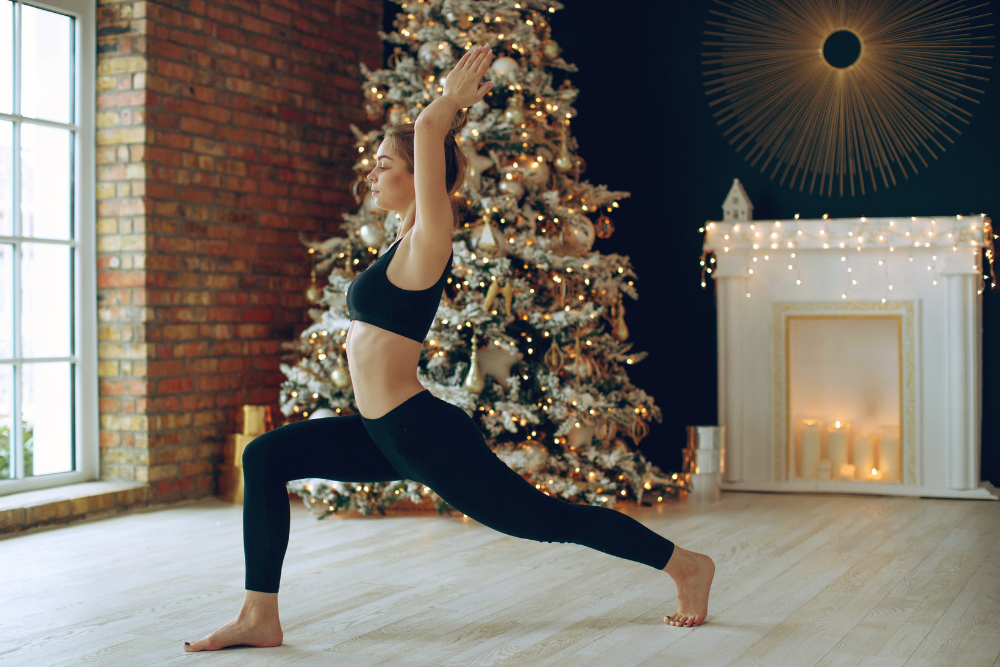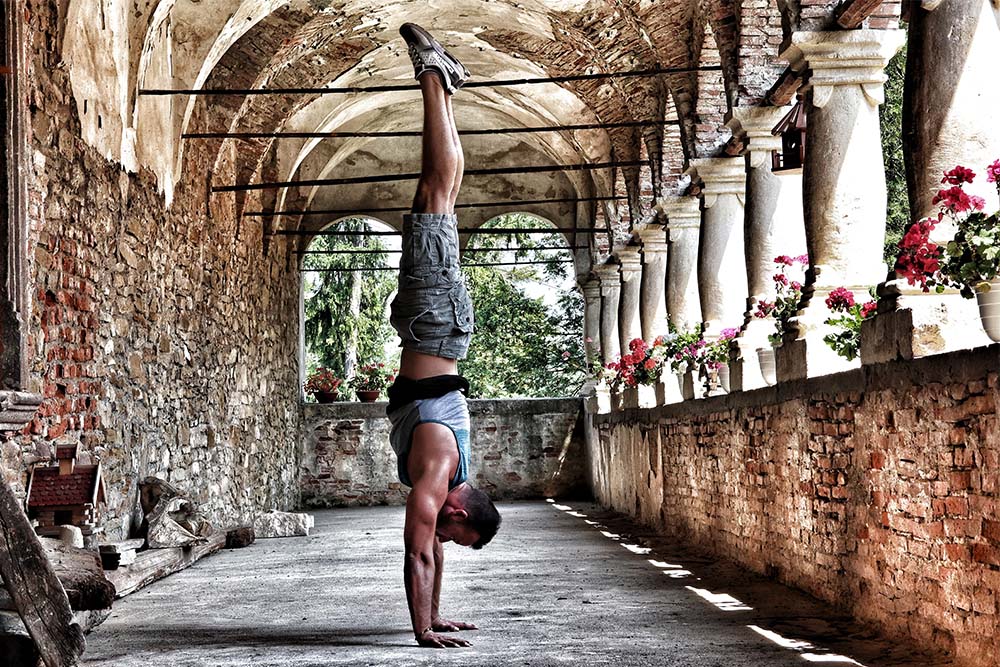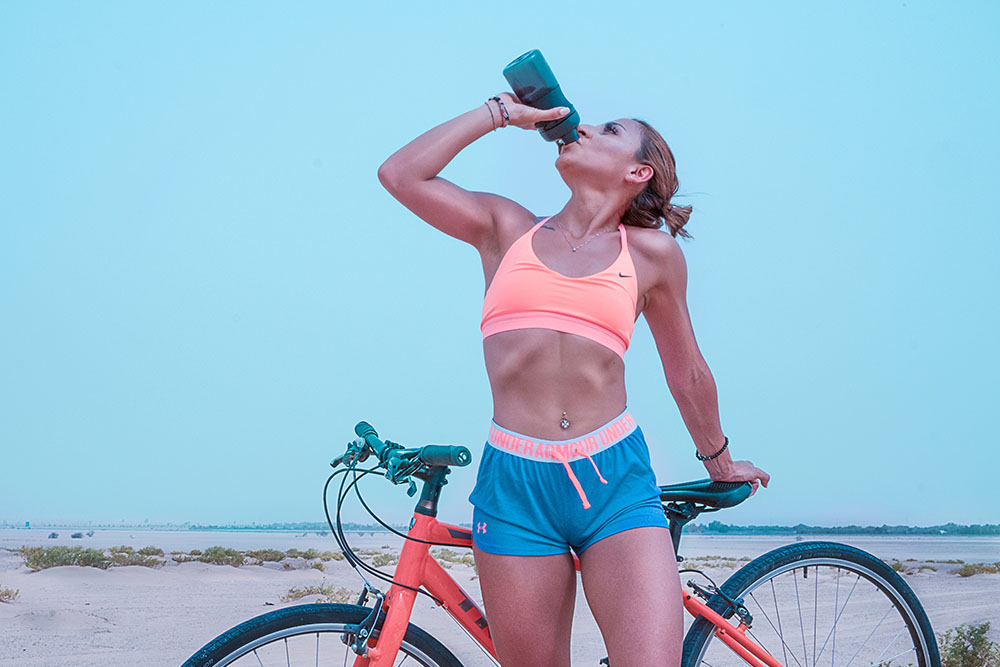Carpe Diem, The Series: Testing Yourself

Paul Stevens
Carpe Diem (but in a relaxed sort of way)!
As alluded to in my past couple of articles, I was scheduled to undergo a fitness test. The genesis of doing this was to determine where I, as a reasonably active 60 year old male fits into the fitness spectrum for my demographic.
To recap, for the past several years, I have kept myself active by playing hockey twice a week during the winter; I’ll take our dog out for a 3-7 km run once or twice a week and if the weather permits (which it largely did this past mild winter), I’ll hop on my road bike and crank out 20 -50km at a speed of about 27-29 km/hr. Not lighting fast but I’ll try to work in a few intense intervals to build up my cardio capacity. If I couldn’t get outside on the bike, I would ride a stationary bike indoors. If I’m not on a run with our dog, I’ll take her for a daily 20-30 minute walk. All in all, I will be engaged in some level of decent physical activity on five of seven days per week. In between or in addition to, I am then involved with one project or another around the house so there isn’t a significant amount of down time. I’m not fanatic about my diet as I do enjoy a few ‘shouldn’t haves’ every now and then. I understand the benefits of a balanced diet but I don’t have a strict regimen that I follow. I use my weight as my simple barometer and so long as I am holding steady and feeling well, I continue on the same path.
Having said that, it was now time for the rubber to hit the road and put myself to the test. Where do I fit in, fitness-wise? The plan was to take a couple of fitness tests at a few different facilities. The choices would be private fitness clubs or the fitness centres at area universities. Checking out the private facilities, fitness testing is something they typically don’t offer. I found that somewhat surprising as it begs the question of how they determine what kind of individualized program should a customer be following? Should the focus be on cardio? Should it be on strengthening? Where does weight loss come into play? At best, the response was that they would discuss the goals and objectives with the customer and put something together to help meet the target. More often than not, the objective is to lose weight so you generally are going to be dealing with individuals who have been sedentary for some period of time. If they are making the effort to get in to a program of some sort, they are already taking a nice step forward. The next step and maybe the most important one would be to stick to it.
With the private clubs out of the picture, the next choice was the area universities. I had a choice of several within a reasonable drive from our home, all of which were capable of doing the test. I settled on the University of Guelph as our son, Evan, a contributing writer to this website, is a recent graduate and I was quite familiar with the campus having made several visits over the past few years. The City of Guelph is about an hour west of Toronto and the university has an enrolment of some 21,000 students at the main campus. The university is of a size that it has a very well equipped fitness centre for use by the students and the community at large.
In setting up the appointment, I was very open about the purpose of my visit in that I contribute to this website and the results will be part of my next article. Moreover, I wanted to leave the testing parameters to them as they have the expertise and can design the test protocol as they require.
With the date and time settled, the time was now upon me. I must admit, I approached this with a bit of trepidation as I did not know what to expect and I really had no idea about where my fitness level would place me on the scale. Given that I keep myself active, I thought I’d be ‘OK’ but I certainly didn’t want to bomb on this one. Walking in to fitness centre gave me pause as it was final exam time on campus and the large gymnasium that is the focal point of the facility was packed with students writing an exam. This brought back distant memories as I had done the same thing many years ago. Seeing the students hunched over their papers made me very glad that I wasn’t one of them!
Once in the fitness centre, I met with the university staff who would conduct the test. I met with Lynne Skilton-Hayes who is the “Fitness Program Supervisor, Master Trainer, Instructor” with the Department of Athletics at the university. Also present was Leslie Clarke, a recent kinesiology graduate from another nearby university as well as a student doing a co-op from a local community college. Three against one – the odds weren’t in my favour. As it turns out, my initial hesitation was misplaced as this team did a great job of making me feel comfortable and explaining what they were going to do.
In their view, the best test of consequence was one that would focus on cardio fitness as without that, everything else is secondary. No argument from me. For a high level athlete, cardio fitness would be determined by undergoing a “VO2 Max” test. You may have seen these; this is where you strap on a face mask and run on a treadmill pretty much until you can’t go any further or you are about to throw up. Neither of those choices had any appeal to me. For liability purposes, neither of those had any appeal to Lynne and Leslie. In fact, before I was to start any kind of test, we completed an extensive checklist to confirm that I wasn’t suffering from any known maladies or that there might be some issues that would preclude me from taking the test.
The VO2 Max test is designed to determine the maximum volume of oxygen (hence the name) that you can utilize when operating at full throttle. The more oxygen you can utilize at redline territory translates into more endurance or aerobic capacity. The higher your VO2 Max capacity, the greater the level of ‘work’ can be done with less effort, ie: with a lower heart rate. I was told that a true VO2 Max test would require me to get to that redline territory but since that carries possible risks for anyone less than a well-conditioned athlete (read that as someone who is younger), we weren’t going down that road. Rather, we were going to do a proxy-type test called the ‘Ebbeling Single Stage Treadmill Protocol’ that would simulate the hard-core VO2 Max exercise without the torture part. What this entailed was me getting on the treadmill while my pulse was constantly monitored under different circumstances. Walking up to the treadmill, one of many in the fitness centre, I noticed that Lynne and Leslie had placed a “Reserved” sign one of them. I never had that luxury before. I did a warm up for a few minutes at a comfortable walking speed with the treadmill at a level position. Over the period of the test, the speed of the treadmill was increased as well the incline with my pulse taken at least once a minute. This was followed by a recovery period to determine how quickly my heart rate would return to its normal or pre-test level. The whole thing only took about 20 minutes.
Before the treadmill exercise was started, we determined that my resting heartrate was 69 beats per minute. When I was a young man (many years ago), my resting heart rate was high 50’s, low 60’s. It was pointed out to me that under the stress of the day, the aforementioned number is probably not an accurate measure of my true resting heart rate. This is best done as soon as you get up in the morning but while still horizontal. Do this over at least three consecutive days and take the average. I think you can see that this will give quite a different result than taking it in the middle of the day before a fitness test is to be started.
With the data compiled, the numbers were slotted into a formula that includes speed of the treadmill, heart rate, my age, and a gender factor (1 for males; 0 for females) and voila!, there’s your resulting VO2 Max which can be translated into an ‘Aerobic Fitness Score. The formula is the standard of the Canadian Society for Exercise Physiology, a professional association for exercise science and personal training. I ended up with a V02 Max score of 39.37 mL•kg-1•min-1. This means that I can absorb 39.37 millilitres of oxygen per kilogram of body weight per minute. The final step requires the above number to be multiplied by 10 to provide the ‘Aerobic Fitness Score’. Accordingly, my AFS is 393.7. By way of comparison, an “Excellent” male in the 20-29 age group would have an AFS of 556+. That’s about 41% ahead of my score which goes a long way to explain why I don’t have a hope in you-know-where of keeping up to these guys on the ice for any more than a few strides.
So where does that leave me? Much to my relief and even more so to my surprise, that number at my age puts me in the “Excellent” category meaning that according to the CSEP, “Your aerobic fitness falls within a range that is generally associated with optimal health benefits.” Woo Hoo! That number also puts me in the range of being “Good” for a male in the 40-49 year old grouping. Lynne and Leslie go on to explain that in general, your VO2 Max tends to decrease about 1% per year after 25 years of age. This probably helps to explain why most athletes peak out around the age of 27-28 where physical and mental maturity come together. Perhaps this can be a bit depressing as well but the trend line can be slowed dramatically if we take care of ourselves. Isn’t that a key part of the Fast Twitch Grandma message?!
Before I pat myself on the back, Lynne pointed out that the number of adults who exercise on a regular basis is shockingly low at around 5-8% of the population. Does this mean that the sample size is relatively small and therefore subject to significant variability? No, I am assured, there is enough of a data base to be comfortable with the results.
When I told my wife what the result was, I was greeted with a serious rolling of the eyes and the comment, “There will be no living with you now!”, thinking that because of a favourable test score I have somehow been transformed in to an Olympian of sorts. Not so my dear, I’ll just keep this at a very low profile. For me, the take-away is straight forward; I can achieve a good level of cardio health by keeping myself active while not being overly zealous about it and more importantly, I can do this by engaging in activities that I truly enjoy. I’ll watch what I eat and won’t deprive myself of occasional treats every now and then.
I think I’ll go and have a beer.
Your friend, Paul.
And remember – Carpe Diem (but in relaxed sort of way)!










